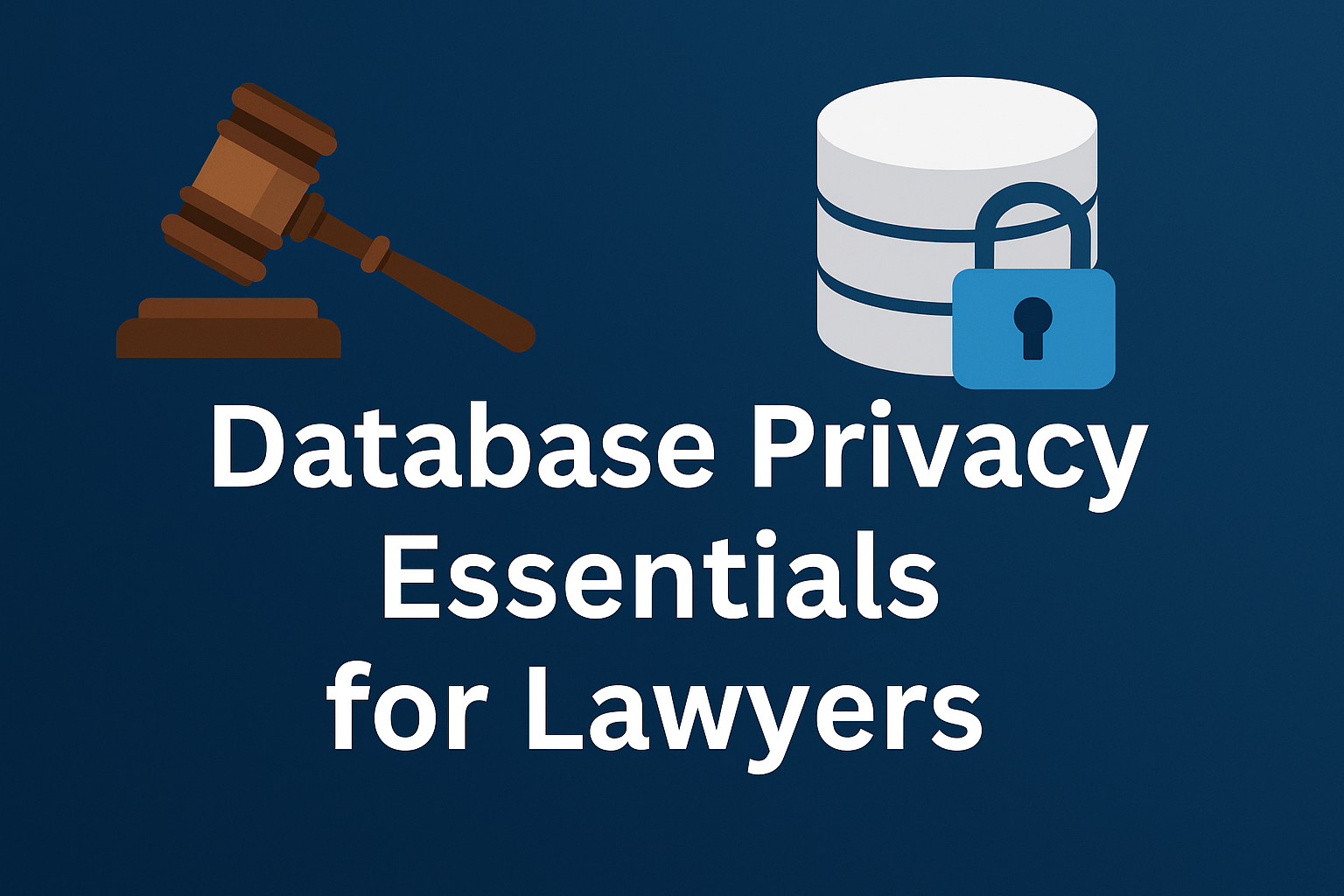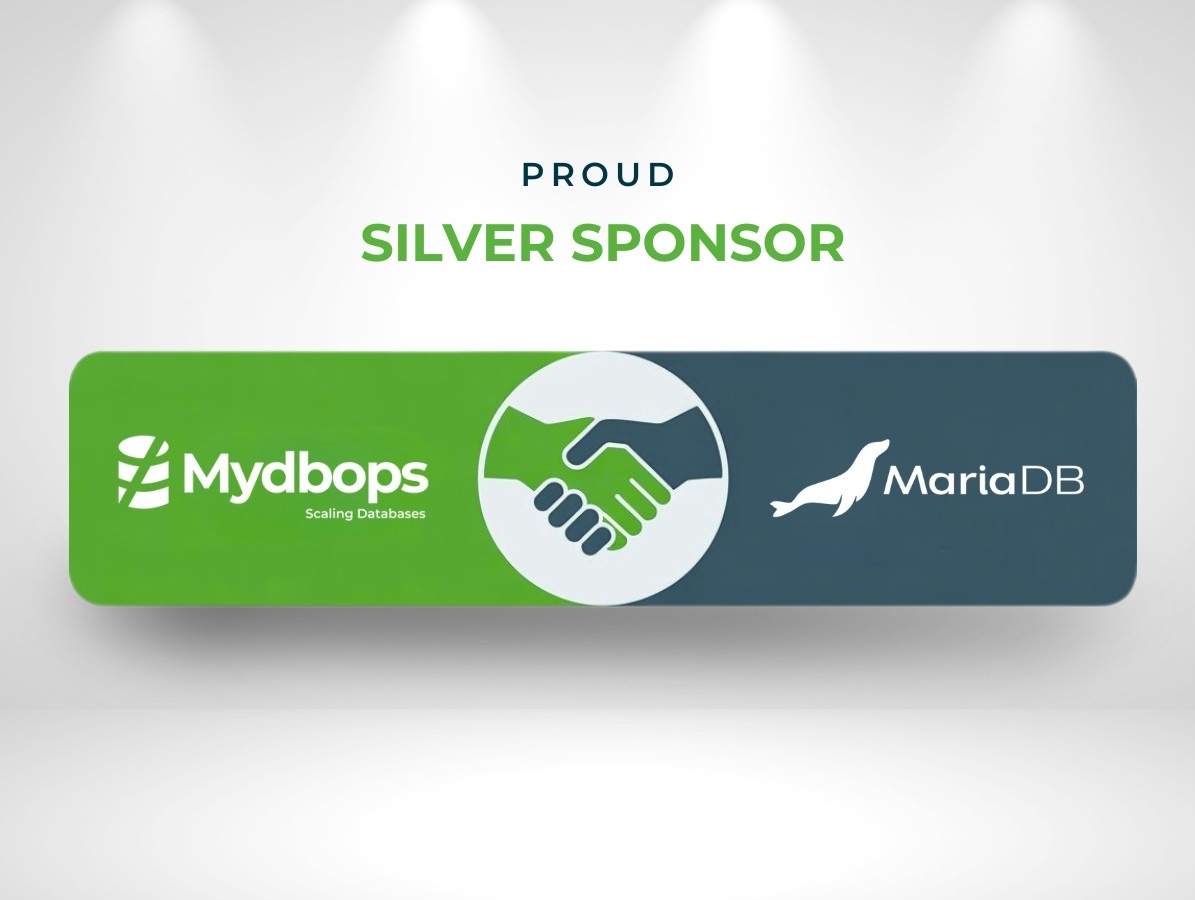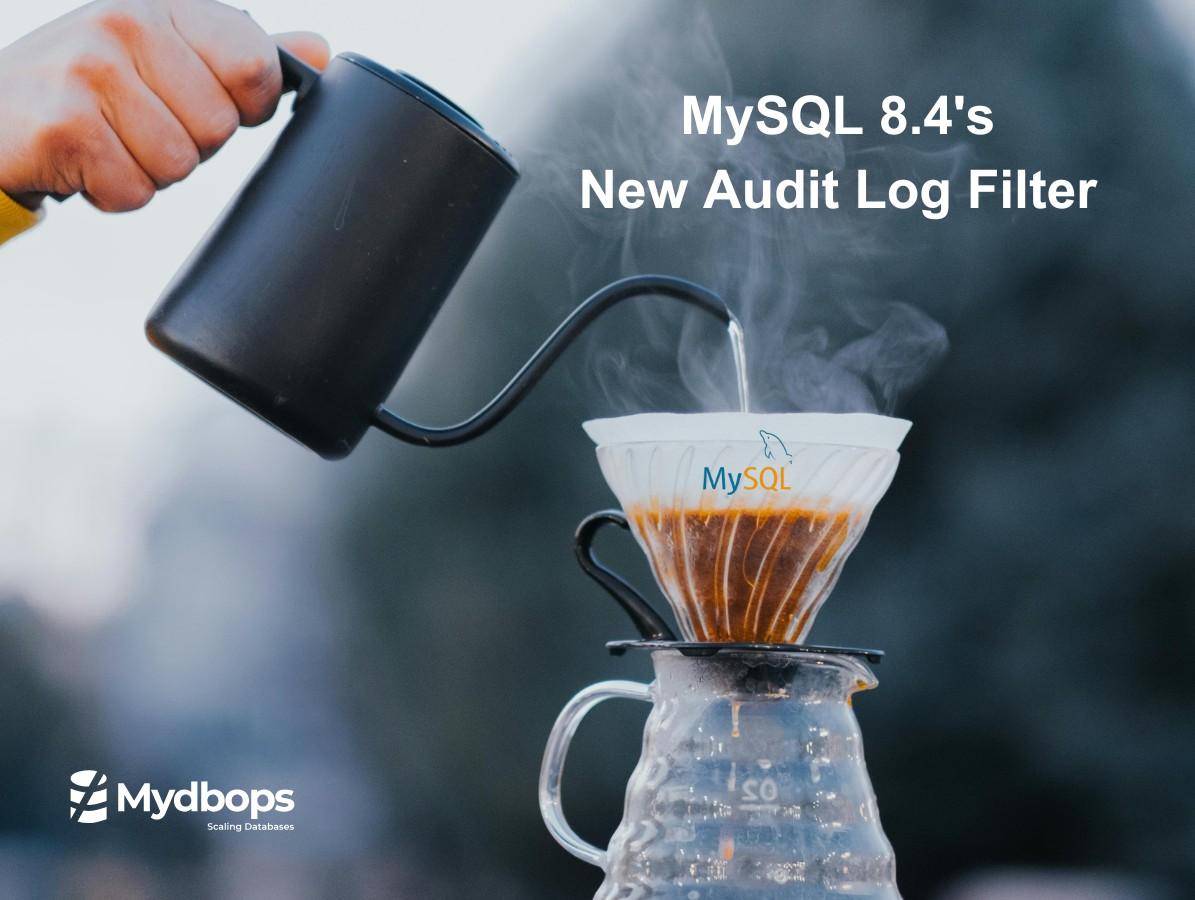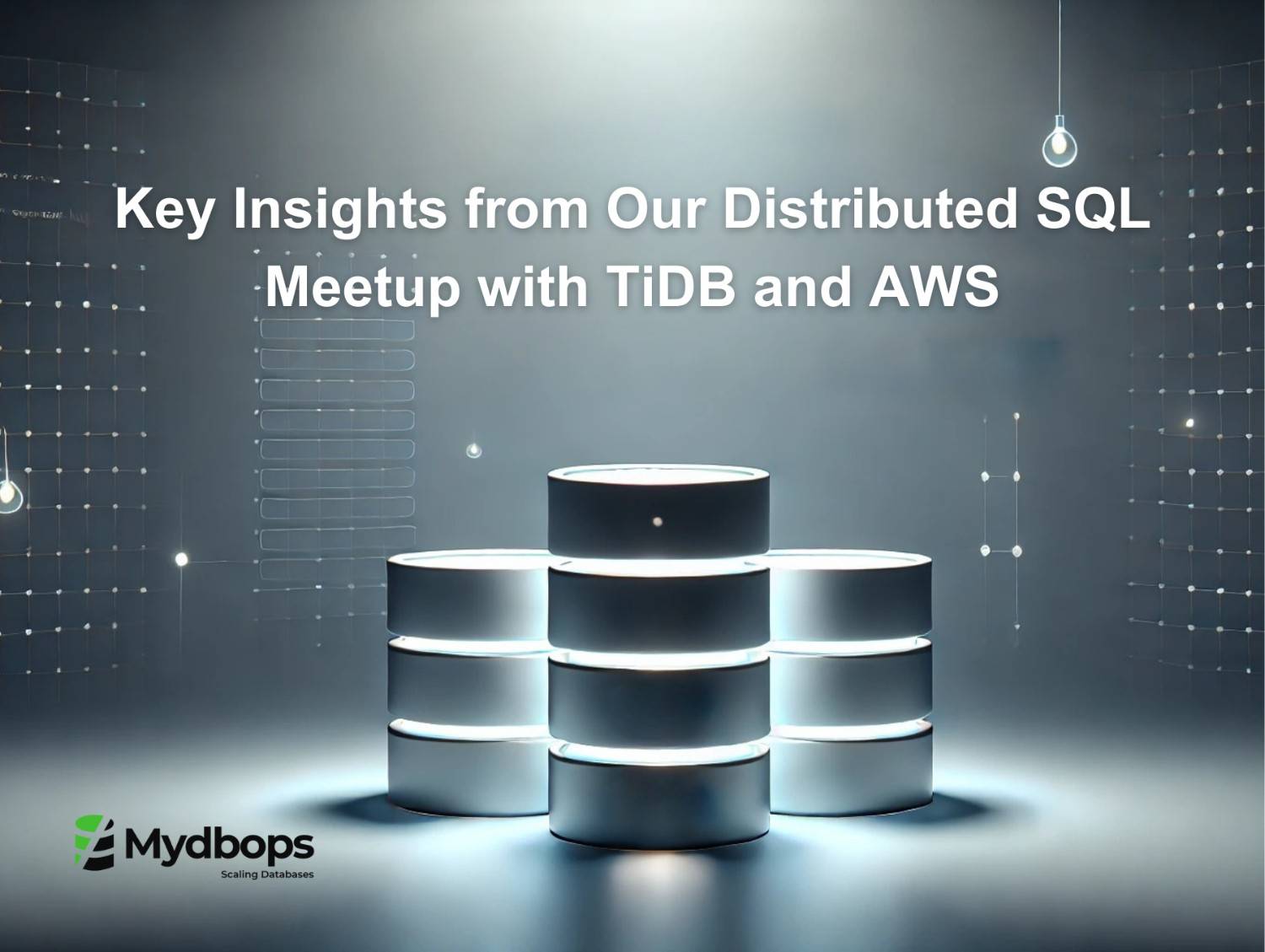

From Policy to Practice: Database Privacy Essentials for Lawyers
The legal profession now works in a data first reality. Every client matters touches information that lives in databases. Discovery platforms hold files and metadata. HR systems store employee rosters and payroll. Case management tools retain names, addresses and court records. Banking and fintech records capture transactions and device identifiers. Medical and benefits data appears in employment and tort cases. For lawyers this means privacy is not only a policy topic. It is an operational discipline that must be aligned with how databases are designed, built and run.
This guide translates database practice into legal risk controls. It shows how counsel can advise clients and govern internal systems in line with privacy principles on fairness security accountability data minimization and breach response. The goal is practical. You will see how to ask the right questions how to spot weak points and how to turn privacy duties into concrete actions across people process and technology.
Why this matters to counsel
Privacy failures rarely look dramatic at the start. Most begin with routine shortcuts. A developer copies production data into a test server without masking. A cloud storage bucket for nightly backups is left with weak access rules. A third party vendor inherits admin rights that are never reviewed. These technical details become legal failures the moment personal data is involved and when obligations on security and accountability are ignored. The effects can include urgent breach notifications regulatory inquiry forced remediation contract penalties and loss of client trust. The most reliable prevention is strong database governance paired with clear legal standards.
The legal frame to anchor your advice
Counsel should keep a few pillars in view. Privacy law in most jurisdictions rests on principles for lawful processing data subject rights security safeguards accountability and breach notification. A data protection officer or equivalent role is commonly required. Cross border transfers usually need appropriate safeguards through contract or other approved mechanisms. Data sharing between separate entities calls for defined roles and clear purpose limits. Breach notices must be given without delay when there is real risk to individuals. These anchors help translate technical choices into compliance outcomes and ensure that procurement and contracting reflect privacy by design from day one.
Turn database vocabulary into legal controls
Lawyers do not need to write SQL to govern risk. What you need is a way to connect everyday database decisions with privacy duties. The following areas provide that bridge.
Data inventory and minimization. Ask for a live register of data assets. Identify which systems store personal data and sensitive personal information. Map which tables or collections hold which categories. Record who has access and why. Link each system to a lawful purpose and a retention schedule. Minimization is an ongoing act. It means keeping only the fields and records required for a defined purpose deleting what is no longer needed and masking where full values are not essential.
Access governance. Require role based access so each user receives only what they need. Separate production staging and development. Do not allow production data to appear in testing unless values are masked. Enforce multi factor authentication on database consoles and administrative tools. Review privileges regularly and remove temporary grants on time. Track service accounts and rotate their secrets.
Encryption in transit and at rest. All connections should use transport layer security. All data files backups and snapshots should be encrypted. Keys should be kept in a managed key service with rotation. These steps reduce the impact of device loss theft or unauthorized access and demonstrate reasonable safeguards.
Logging monitoring and audit trails. You cannot meet notification timelines or answer regulators without facts. Make sure systems log authentication permission changes schema updates and read and write operations on sensitive tables. Keep logs in a tamper resistant location for a defined period. Monitor for anomalies such as large exports at unusual hours repeated failed logins or odd spikes in query volume. Alert the data protection officer early when signals suggest a potential exposure.
Backup restore and resilience. Backups preserve availability but also carry privacy risk if unencrypted or over retained. Encrypt backups test restores and align retention with business and legal needs. Plan for secure disposal of media. Document recovery time and recovery point targets for critical matters and confirm they are achievable.
Data subject rights. To honor access correction deletion and portability you must be able to find and export data. Index personal identifiers and keep system of record pointers. Build a standard export that gathers core fields across systems. Verify identity with proportionate checks. Log decisions and cite lawful exceptions where they apply. This turns requests into a routine workflow instead of a scramble.
Privacy impact assessment. When processing may create high risk require a formal assessment before go live. Tie the assessment to specific controls and acceptance criteria. Typical triggers include large scale processing of sensitive personal data new analytics that profile individuals and new data sharing arrangements with external partners. Use the assessment to set the security baseline and to document why choices are reasonable.
An incident playbook that lawyers can run
If a breach is suspected the first hour and the first day shape the entire outcome. Counsel should lead the legal response in close partnership with security and database teams.
Start by activating the team. Confirm the incident lead. Include the data protection officer database administrators security operations communications and external counsel when needed. Establish facts quickly. Identify affected systems. List the types of personal data. Estimate how many records are involved and which clients matters and jurisdictions are affected. Pull logs and preserve evidence. Avoid destructive changes.
Decide on notification using a real risk lens that is consistent with applicable law. Prepare an initial notice with the facts you have and follow with detail as the investigation advances. Reset credentials close misconfigurations and record remediation. Commission a post incident review and update policies standards and vendor requirements based on the lessons learned. Preserve a clear chain of custody for forensic images and logs so that follow on regulatory or litigation steps have a reliable record.
Contracts and vendors: what to require
Lawyers often have the most leverage at the contract table. Use it to hard wire privacy and resilience.
Define scope purpose and lawful basis. Specify personal data categories and processing instructions. Limit data location and address transfers with appropriate safeguards. Require encryption access control vulnerability management and independent audits. Set a short vendor notification window so you can meet your regulatory timelines to authorities and to data subjects where risk is present. Demand cooperation with logs and incident records. Require disclosure and approval of subprocessors and flow down of obligations. For data sharing between separate controllers include clear roles responsibilities and security duties even when a formal data sharing agreement is not strictly mandated in your jurisdiction. At exit require verified deletion or return of data and certificates of destruction for backups.
Practical scenarios and how to respond
Scenario one. A litigation platform exports a production set for disclosure. A mistakenly included table contains employee health leave codes. Reduce exposure by designing export scripts that exclude sensitive tables by default. Mask high risk fields when exports are unavoidable. Log who accessed the export and how it was sent. If the file left your control assess risk and consider notification duties.
Scenario two. A payroll vendor runs a sync to production without transport security for a short window. Treat the event as a potential exposure. Review logs to confirm whether any records were accessed. If coverage is incomplete reset keys and require improved controls from the vendor. Confirm you can meet your own notification timelines and that the vendor will provide details on cause and fix.
Scenario three. Marketing asks to copy client contact lists into a new analytics tool. Require a clear purpose and lawful basis. Confirm consent or another valid basis. Minimize fields record the retention period and limit access to the team that runs the campaign. For testing use synthetic or pseudonymized data and forbid use of live production data.
Scenario four. An intern receives broad read access across several databases for a research task. Apply least privilege. Create a project specific role with time bound access. Mask sensitive fields. Keep a query log and review for bulk export behavior. Revoke access when the task ends.
Governance that makes privacy operational
Policy binders are not enough. Operations make the difference.
Make the data protection officer a gate in project intake and change management. Bring privacy checks into schema reviews network changes and data flow decisions. Adopt a short library of standard controls such as encryption at rest network isolation masking in non production secrets management and log retention. Reference these controls in every project plan so engineers know what good looks like.
Measure a few leading indicators. Time to remove access when an employee leaves. Share of production systems with encrypted storage and key rotation. Age of the oldest untested backup. Completion rate for quarterly access reviews. These metrics reveal real risk and allow targeted fixes. Keep dashboards simple and visible to legal and technology leaders so accountability is shared.
Train by task. Show developers how to parameterize queries and avoid direct access to production data. Show paralegals how to package files for secure sharing with password protection and expiry. Show partners and matter leads how to route a data subject request and how to pause routine deletion when litigation holds apply. Short practice oriented sessions beat long annual lectures and help new hires absorb expectations quickly.
Where Mydbops fits in
Mydbops is a specialist in open source databases across MySQL MariaDB MongoDB PostgreSQL TiDB and Cassandra. Teams rely on us for managed services performance and security audits cloud migration and incident response. We monitor large fleets of servers and use real time observability to reduce unplanned downtime. Our operations align with common compliance frameworks including ISO and PCI DSS. For law firms and in house legal teams this means you can translate policy into action with a partner that lives inside databases every day.
A simple engagement model works well. Begin with a privacy and resilience baseline across your critical systems. Establish a data inventory and classify sensitive tables. Lock down access with least privilege and multi factor authentication. Encrypt data at rest and in transit. Turn on comprehensive logging and monitoring. Test backups and restores on a schedule. Stand up a repeatable process for data subject requests linked to your case management tools. Assign a single point of contact for incidents. This turns privacy from a periodic project into a continuous practice with clear ownership and measurable outcomes.
Takeaway for lawyers
First ground your advice in core privacy principles and current regulatory guidance in your jurisdiction. Second convert those principles into everyday controls through inventory access governance encryption logging and tested backups. Third prepare a breach playbook that you can run on short notice with defined roles clear messages and evidence preservation. Fourth write vendor and cloud contracts that require strong security and fast cooperation when incidents occur. Fifth embed the data protection officer and the privacy mindset into project intake change management and training. When law and engineering work in concert you reduce risk improve uptime and strengthen client confidence.
Privacy compliance is not a one time task. It is a program that matures with your systems caseload and vendor footprint. With the right partner and a lawyer led governance model you can protect people serve clients and keep matters moving without surprises.
Ready to align your databases with modern privacy requirements
Talk to Mydbops and let our database experts implement the controls your legal team expects to see. Visit our website and contact us today












.svg)
